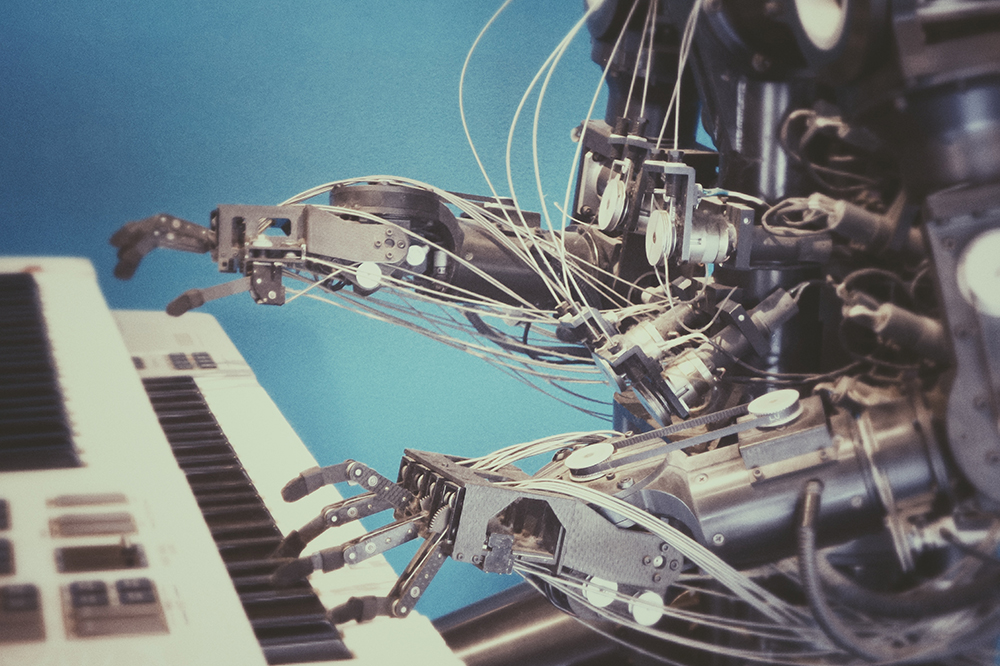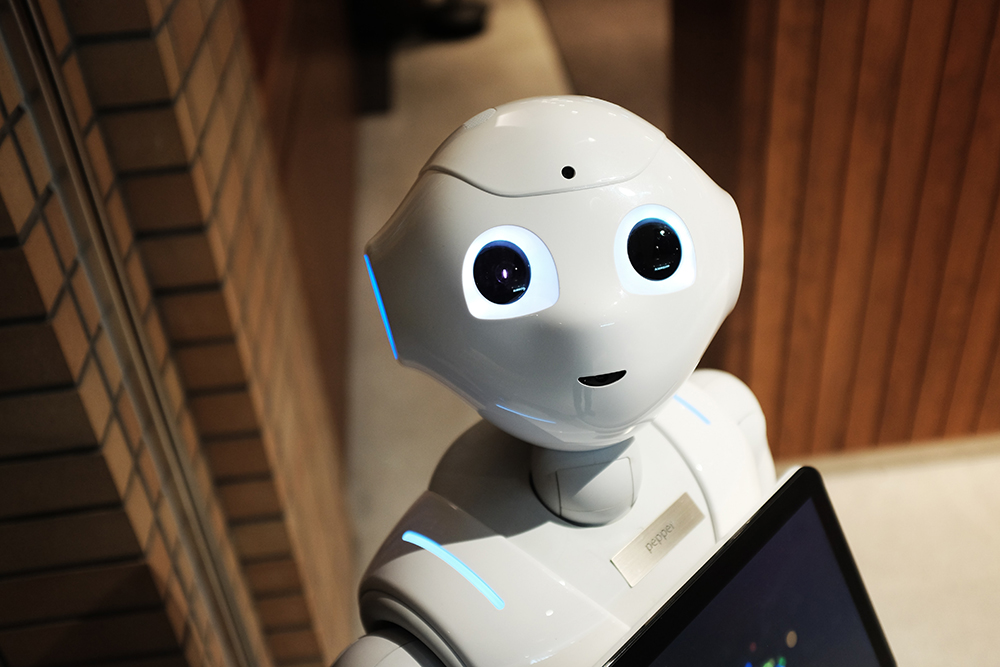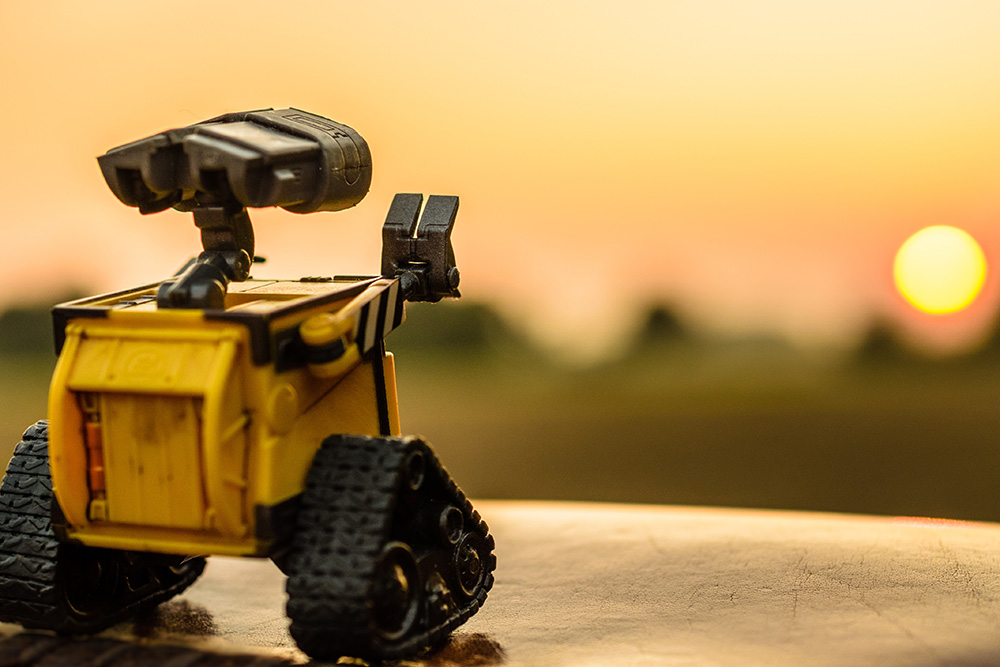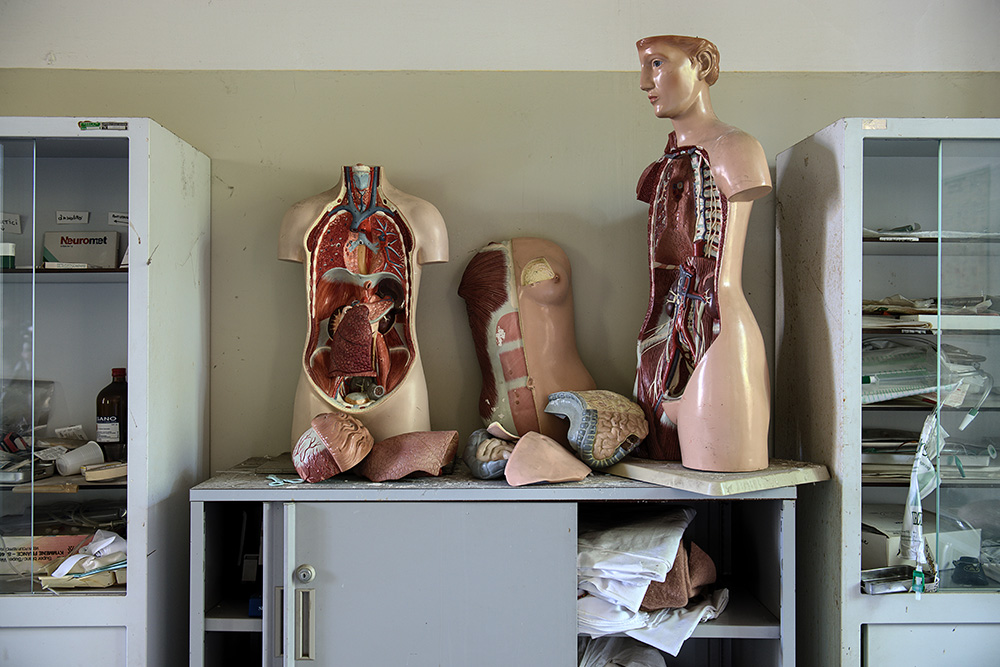In his lecture “Service Robots in Health Care” at the Orient-Institut Istanbul on 18 December 2019, Prof. Dr. Oliver Bendel from Zurich, Switzerland is going to deal with care robots as well as therapy and surgery robots. He will present well-known and less known examples and clarify the goals, tasks and characteristics of these service robots in the healthcare sector. Afterwards he will investigate current and future functions of care robots, including sexual assistance functions. Against this background, the lecture is going to consider both the perspective of information ethics and machine ethics. In the end, it should become clear which robot types and prototypes or products are available in health care, which purposes they fulfil, which functions they assume, how the healthcare system changes through their use and which implications and consequences this has for the individual and society. The program of the series “Human, medicine and society: past, present and future encounters” can be downloaded here.
Canton of Geneva Bans Uber
According to SRF, Tages-Anzeiger and swissinfo.ch, the canton of Geneva prohibits Uber from continuing its activities in the canton. It now classifies the transportation intermediary as an employer, hence obliging it to pay social benefits to its drivers to continue operating. “Speaking to Swiss public television SRF, the head of the cantonal government Mauro Poggia said that the ride-hailing service was subject to the applicable taxi and transport law. This means Uber is currently not fulfilling its legal obligations and will have to hire its drivers and pay their social benefits, such as pensions, like other taxi companies. According to checks carried out by the canton of Geneva, criteria such as fares, invoices and even an evaluation system for drivers are used at Uber. For this reason, the authorities rejected the arguments of Uber’s lawyers that their drivers were self-employed.” (swissinfo.ch, 1 November 2019) One may be curious whether Uber will hire its drivers and pay social benefits or go to a Swiss court to appeal against the decision.
Desire in the Age of Robots and AI
Rebecca Gibson’s book “Desire in the Age of Robots and AI” was published by Palgrave Macmillan at the end of 2019. From the abstract: “This book examines how science fiction’s portrayal of humanity’s desire for robotic companions influences and reflects changes in our actual desires. It begins by taking the reader on a journey that outlines basic human desires – in short, we are storytellers, and we need the objects of our desire to be able to mirror that aspect of our beings. This not only explains the reasons we seek out differences in our mates, but also why we crave sex and romance with robots. In creating a new species of potential companions, science fiction highlights what we already want and how our desires dictate – and are in return recreated – by what is written. But sex with robots is more than a sci-fi pop-culture phenomenon; it’s a driving force in the latest technological advances in cybernetic science. As such, this book looks at both what we imagine and what we can create in terms of the newest iterations of robotic companionship.” (Information Palgrave Macmillan) One chapter is entitled “Angel Replicants and Solid Holograms: Blade Runner 2049 and Its Impact on Robotics”. This is a further contribution to the robots and holograms in the well-known film. Already “Hologram Girl” by Oliver Bendel dealt with the holograms in this fictional work and the possible relationships with them and with their colleagues in the real world.
A Handbook on Machine Ethics
After three years, an ambitious project has come to its preliminary end: The “Handbuch Maschinenethik” (“Handbook Machine Ethics”) (edited by Oliver Bendel) was published by Springer in mid-October 2019. It brings together contributions from leading experts in the fields of machine ethics, robot ethics, technology ethics, technology philosophy and robot law. At the moment it can be downloaded here: link.springer.com/book/10.1007/978-3-658-17483-5 … It has become an extensive, a remarkable, a unique book. In a way, it is a counterpart to American research, which dominates the discipline: Most authors come from Europe and Asia. The editor, who has been involved with information ethics, robotics and machine ethics for 20 years and has been researching machine ethics intensively for eight years, is full of hope that the book will find its place in the standard literature on machine ethics, such as “Moral Machines” (2009) by Wendell Wallach and Colin Allen and “Machine Ethics” (2011) by Michael and Susan Leigh Anderson, and “Programming Machine Ethics” (2016) by Luís Moniz Pereira (with Ari Saptawijaya) and “Grundfragen der Maschinenethik” (2018) by Catrin Misselhorn – both have contributed significantly to the “Handbuch Maschinenethik”. Over the next few days, the book with its 23 chapters and 469 pages will be made available for sale on the Springer website and also in print.
The Sleep Robot by your Side
A Guardian journalist just tested the Somnox Sleep Robot that aims to banish insomnia, aiding natural rest and reducing stress. According to him, it could be revolutionary in the field because many overnight devices merely track sleep rather than promoting it. Somnox describes its robot as a “sleep companion”. “The kidney-shaped, possibly sentient cushion breathes softly in and out, and plays calming noises. The idea is that users hold it close to them in bed, building up an emotional bond over time. Every night, you breathe together in time until you fall sleep, perchance to dream of electric sheep.” (Guardian, 15 October 2019) The journalist was not satisfied with the device at all. But an advanced sleeping robot could be of help to certain groups. Maybe some people are mainly interested in the feeling of having something next to them. One should give the sleep robot a second chance.
Pepper’s New Job
SoftBank Robotics has announced that it will operate a cafe in Tokyo. The humanoid robot Pepper is to play a major role in this. But people will not disappear. They will of course be guests, but also, as in the traditional establishments of this kind, waitresses and waiters. At least that’s what ZDNET reports. “The cafe, called Pepper Parlor, will utilise both human and robot staff to serve customers, and marks the company’s first time operating a restaurant or cafe.” (ZDNET, 13 September 2019) According to SoftBank Robotics, the aim is “to create a space where people can easily experience the coexistence of people and robots and enjoy the evolution of robots and the future of living with robots”. “We want to make robots not only for convenience and efficiency, but also to expand the possibilities of people and bring happiness.” (ZDNET, 13 September 2019) This opens up new career opportunities for the little robot, which recognizes and shows emotions, and which listens and talks and is programmed to give high-fives. It has long since left its family’s lap, it can be found in shopping malls and nursing homes. Now it will be serving waffles in a cafe in Tokyo.
Ethics in AI for Kids and Teens
In summer 2019, Blakeley Payne ran a very special course at MIT. According to an article in Quartz magazine, the graduate student had created an AI ethics curriculum to make kids and teens aware of how AI systems mediate their everyday lives. “By starting early, she hopes the kids will become more conscious of how AI is designed and how it can manipulate them. These lessons also help prepare them for the jobs of the future, and potentially become AI designers rather than just consumers.” (Quartz, 4 September 2019) Not everyone is convinced that artificial intelligence is the right topic for kids and teens. “Some argue that developing kindness, citizenship, or even a foreign language might serve students better than learning AI systems that could be outdated by the time they graduate. But Payne sees middle school as a unique time to start kids understanding the world they live in: it’s around ages 10 to 14 year that kids start to experience higher-level thoughts and deal with complex moral reasoning. And most of them have smartphones loaded with all sorts of AI.” (Quartz, 4 September 2019) There is no doubt that the MIT course could be a role model for schools around the world. The renowned university once again seems to be setting new standards.
Fighting Deepfakes with Deepfakes
A deepfake (or deep fake) is a picture or video created with the help of artificial intelligence that looks authentic but is not. Also the methods and techniques in this context are labeled with the term. Machine learning and especially deep learning are used. With deepfakes one wants to create objects of art and visual objects or means for discreditation, manipulation and propaganda. Politics and pornography are therefore closely interwoven with the phenomenon. According to Futurism, Facebook is teaming up with a consortium of Microsoft researchers and several prominent universities for a “Deepfake Detection Challenge”. “The idea is to build a data set, with the help of human user input, that’ll help neural networks detect what is and isn’t a deepfake. The end result, if all goes well, will be a system that can reliably fake videos online. Similar data sets already exist for object or speech recognition, but there isn’t one specifically made for detecting deepfakes yet.” (Futurism, 5 September 2019) The winning team will get a prize – presumably a higher sum of money. Facebook is investing a total of 10 million dollars in the competition.
Punch the Robot
Robots are repeatedly damaged or destroyed. The hitchBOT is a well-known example. But also the security robot K5 has become a victim of attacks several times. The latest case is described in the magazine Wired: “Every day for 10 months, Knightscope K5 patrolled the parking garage across the street from the city hall in Hayward, California. An autonomous security robot, it rolled around by itself, taking video and reading license plates. Locals had complained the garage was dangerous, but K5 seemed to be doing a good job restoring safety. Until the night of August 3, when a stranger came up to K5, knocked it down, and kicked it repeatedly, inflicting serious damage.” (Wired, 29 August 2019) The author investigates the question of whether one may attack robots. Of course you shouldn’t damage other people’s property. But what if the robot is a spy, a data collector, a profile creator? Digital self-defence (which exploits digital as well as analog possibilities) seems to be a proven tool not only in Hong Kong, but also in the US and Europe. The rights of robots that some demand cannot be a serious problem. Robots do not have rights. They feel nothing, they do not suffer, they have no consciousness. “So punch the robot, I tell you! Test the strength of your sociopolitical convictions on this lunk of inorganic matter!” (Wired, 29 August 2019)
The Reversed Cyborg
Chimeras in the biological and medical sense are organisms that consist of cells or tissues of different individuals and yet form closed and viable (not necessarily reproductive) organisms. They can be located within a species or between species and can be both plants and animals. There are natural (blood chimeras in mammals) and artificial mixed organisms (grafting in plants, animal-human embryos). Cyborgs are not chimeras in this sense. Nevertheless, research in this field might also be relevant for them, in particular for inverted or reversed cyborgs, for example robots in which an animal or human brain or organ is implanted. Animal-human chimeras for the production of human organs are regarded as unproblematic by many ethicists. According to a comment by Oliver Bendel, this is astonishing, since findings from animal ethics and veterinary medicine and in particular suffering and death of non-human living beings are ignored.









